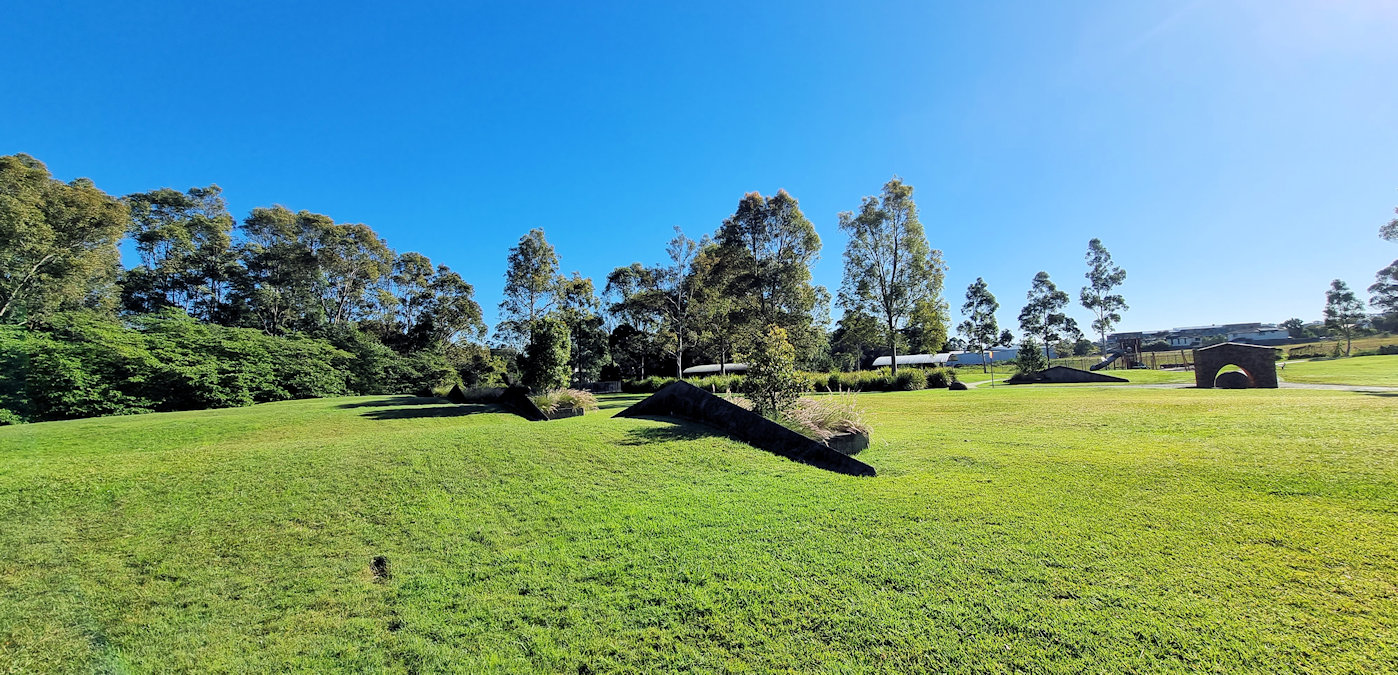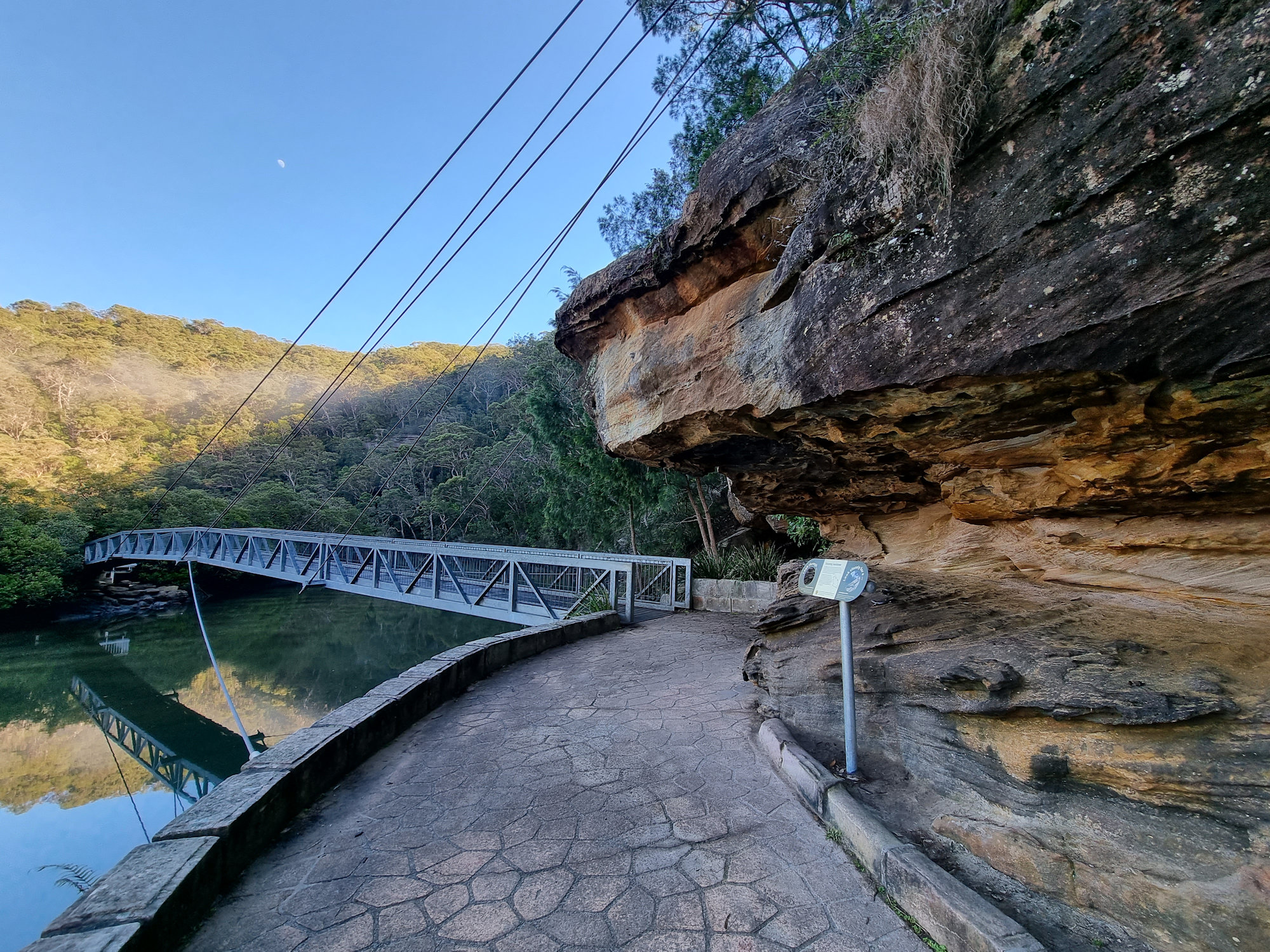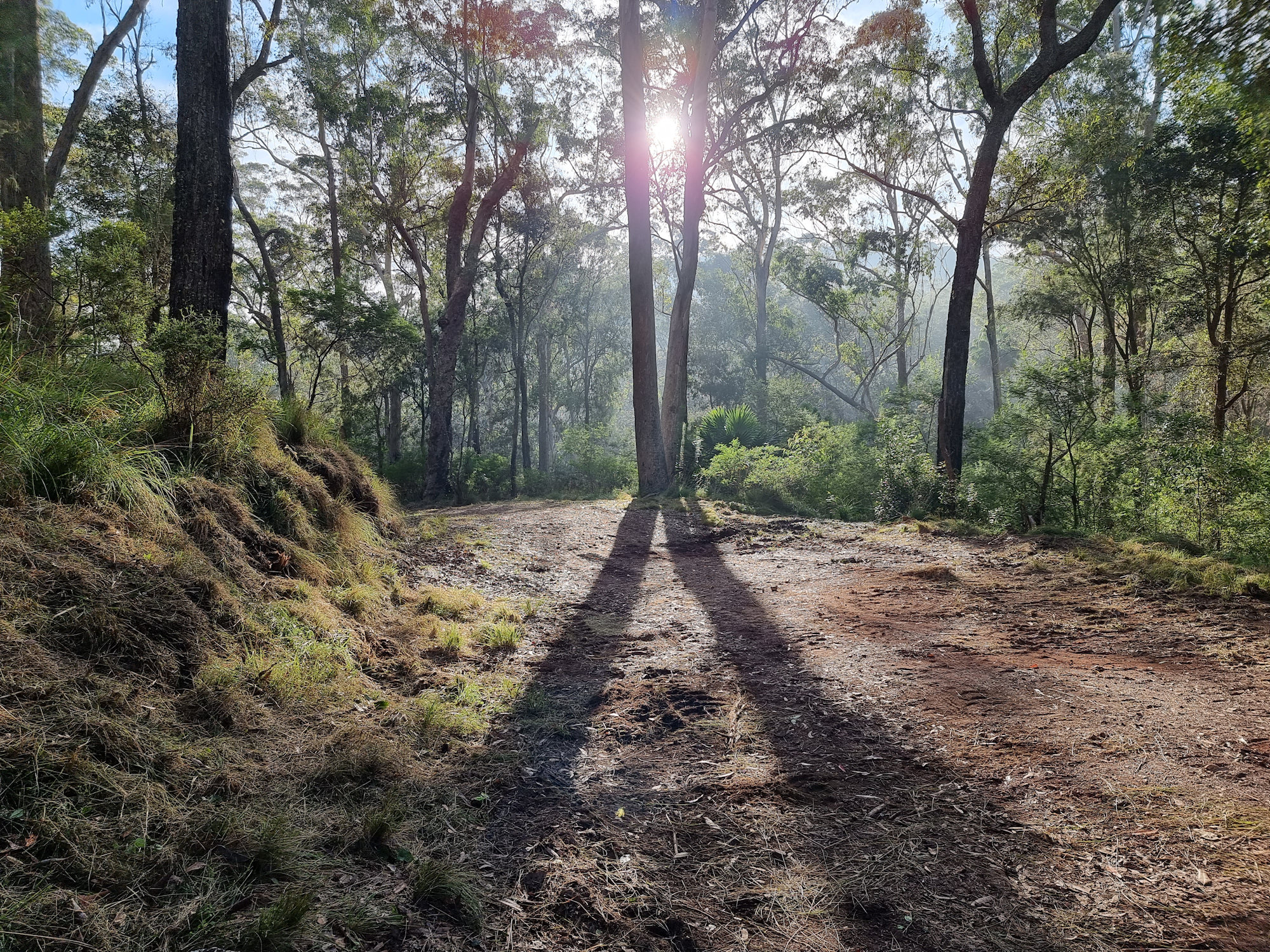Category: trees
-
Wallsend Brickworks Park

Wallsend Brickworks Park Wallsend Brickworks Park is a public park in Wallsend, Newcastle Australia, located at the site of a historic brickmaking operation which ran from 1891 to 1977. Featuring a playground, picnic shelters, barbecues, a pond with birdlife, and remnants of the brickworks’ machinery, it’s a great family destination. The park is also part… Read more
-
Bobbin Head Mangrove Boardwalk

Bobbin Head Mangrove Boardwalk Located in the Kuring-gai Chase National Park, access to the Bobbin Head Mangrove Boardwalk will cost $12.00 per car for a day. This will cover you for any other parts of the National Park you visit on that day too. The fee allows you to use the picnic areas and walking… Read more
-
Palona Cave Walk

Palona Cave Walk Located in the Royal National Park, near Sydney the Palona Cave Walk is a short and easy bush walk. It takes you through beautiful temperate rainforest to a large limestone cave and a cascading waterfall. Getting There We drove to Royal National Park, arriving just after sunrise, so that we could catch… Read more